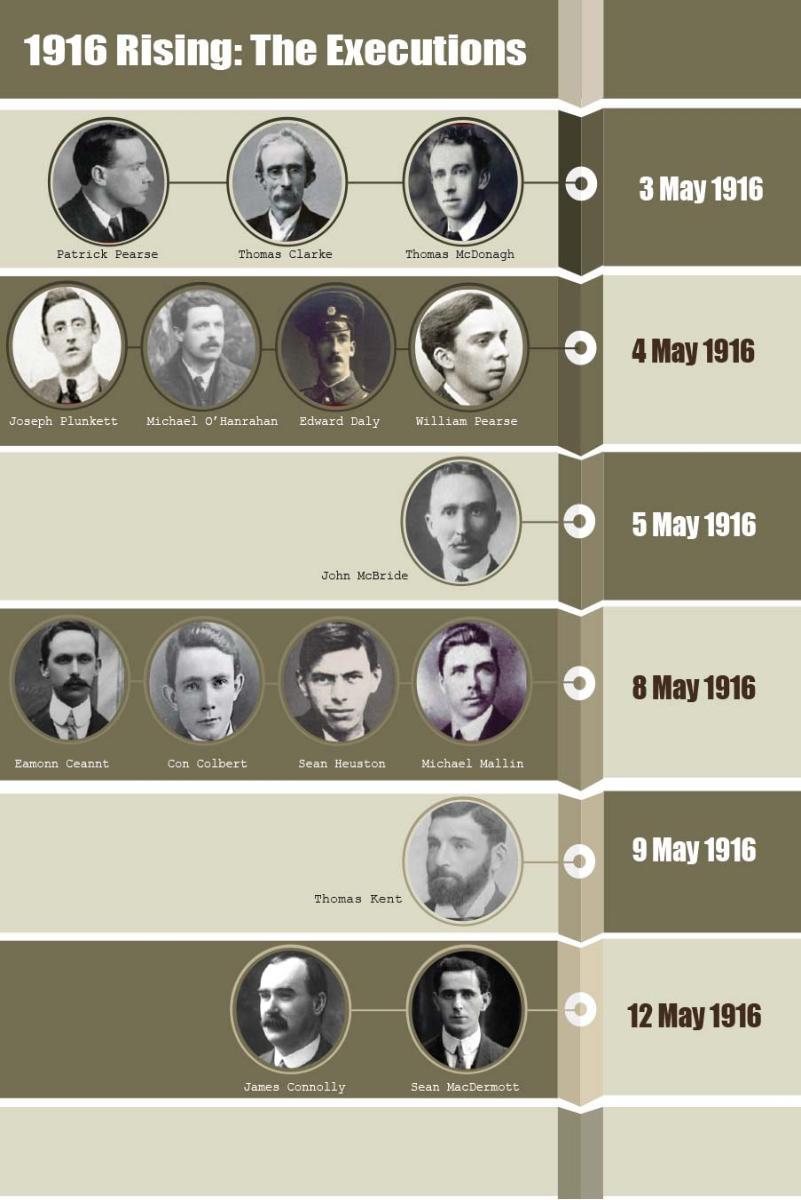- Home
- Collections
- Atlas Resources for Schools
- Cork Fatality Register
- Mapping the Irish Revolution
- Mapping IRA Companies, July 1921-July 1922
- Mapping the Burning of Cork, 11-12 December 1920
- Martial Law, December 1920
- The IRA at War
- The Railway Workers’ Munitions Strike of 1920
- The Victory of Sinn Féin: The 1920 Local Elections
- The War of Words: Propaganda and Moral Force
- The IRA Offensive against the RIC, 1920
- De Valera’s American Tour, 1919-1920
- The British Reprisal Strategy and its Impact
- Cumann na mBan and the War of Independence
- The War Escalates, November 1920
- The War of Independence in Cork and Kerry
- The Story of 1916
- A 1916 Diary
- January 9-15 1916
- January 10-16, 1916
- January 17-23, 1916
- January 24-30, 1916
- February 1-6 1916
- February 7-14, 1916
- February 15-21, 1916
- February 22-27, 1916
- February 28-March 3, 1916
- March 6-13,1916
- March 14-20, 1916
- March 21-27 1916
- April 3-9, 1916
- April 10-16, 1916
- April 17-21,1916
- May 22-28 1916
- May 29-June 4 1916
- June 12-18 1916
- June 19-25 1916
- June 26-July 2 1916
- July 3-9 1916
- July 11-16 1916
- July 17-22 1916
- July 24-30 1916
- July 31- August 7,1916
- August 7-13 1916
- August 15-21 1916
- August 22-29 1916
- August 29-September 5 1916
- September 5-11, 1916
- September 12-18, 1916
- September 19-25, 1916
- September 26-October 2, 1916
- October 3-9, 1916
- October 10-16, 1916
- October 17-23, 1916
- October 24-31, 1916
- November 1-16, 1916
- November 7-13, 1916
- November 14-20, 1916
- November 21-27-1916
- November 28-December 4, 1916
- December 5-11, 1916
- December 12-19, 1916
- December 19-25, 1916
- December 26-January 3, 1916
- Cork's Historic Newspapers
- Feature Articles
- News and Events
- UCC's Civil War Centenary Programme
- Irish Civil War National Conference 15-18 June 2022
- Irish Civil War Fatalities Project
- Research Findings
- Explore the Fatalities Map
- Civil War Fatalities in Dublin
- Civil War Fatalities in Limerick
- Civil War Fatalities in Kerry
- Civil War Fatalities in Clare
- Civil War Fatalities in Cork
- Civil War Fatalities in the Northern Ireland
- Civil War Fatalities in Sligo
- Civil War Fatalities in Donegal
- Civil War Fatalities in Wexford
- Civil War Fatalities in Mayo
- Civil War Fatalities in Tipperary
- Military Archives National Army Fatalities Roll, 1922 – 1923
- Fatalities Index
- About the Project (home)
- The Irish Revolution (Main site)
Chapter 5. The Aftermath of the 1916 Rising

British reaction to the Easter Rising was unrelenting across the country. Despite the fact that rebel activity had largely been centred on Dublin, martial law was proclaimed and extended across Ireland.
Fifteen rebels were executed in a nine day period between May 3-12. Roger Casement was later put to death in Pentonville Prison, August 1916.
The executions provoked public outrage with particular anger directed towards the British following the executions of William Pearse – who many feel was put to death simply because he was the brother of Pádraig Pearse, Major John MacBride – who had played no part in planning the Rising but had previously attracted British hostility during the Boer War, Joseph Plunkett – who was gravely ill and James Connolly – who had been badly injured during the Rising.

Allied to the fate of Francis Sheehy Skeffington, the well known pacifist and writer who was murdered during the Rising, public opinion was quickly turning to one of support and sympathy for the rebels.
In the House of Commons, John Dillon of the Irish Parliamentary Party denounced British policy and summarised the changing public mood:
“In the whole of modern history… there has been no rebellion or insurrection put down with so much blood and so much savagery as the recent insurrection in Ireland.”
Subsequent funerals and masses for the executed, the return of released internees and the funeral of Thomas Ashe following his hunger strike in September 1917, became big occasions of public demonstration and clearly demonstrated the vast change in public sentiment that occurred in the months following the Rising.
Read More about the 16 men executed after the Easter Rising, from their biographers in the ‘16 Lives’ series by O’Brien Press.
- Éamonn Ceannt: The ‘Unknown’ leader and ideologue
- Con Colbert was an ordinary man in extraordinary time
- Thomas Clarke, Architect of the Easter Rising
- Passionate words by James Connolly gave hope to many
- Military study made Ned Daly a shrewd tactician
- Seán Heuston, a youthful face of the Easter Rising
- John MacBride fought imperialism in South Africa and Ireland
- Seán MacDiarmada devoted life to freedom
- Crisis of faith led to a new baptism for Thomas MacDonagh
- Michael Mallin wrote a moving letter to his family in 1916 on the eve of his execution
- Miceál Ua hAnnracáin wanted the shackles thrown off
- Face of rebellion, Pádraig Pearse, paid price for beliefs
- Willie Pearse had different dreams of being remembered
- Joseph Plunkett was a key strategist of the 1916 Rising
- Roger Casement: a man of mystery
- How the Rising in Cork became a family affair
Read about the Press Reaction to the 1916 Rising in this article by Ian Kenneally and this project by Alan McCarthy
